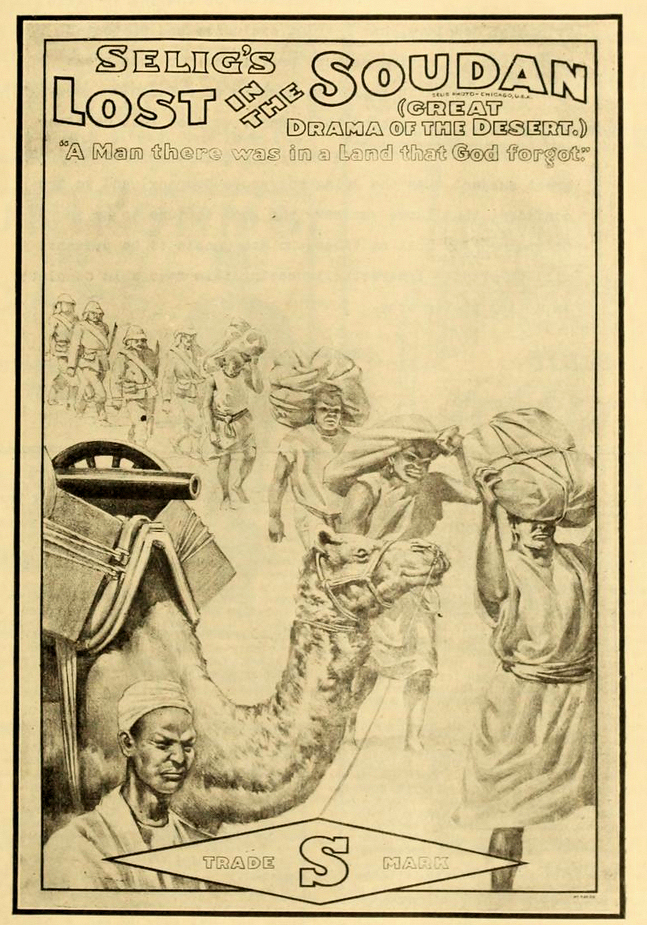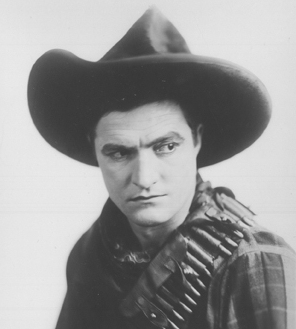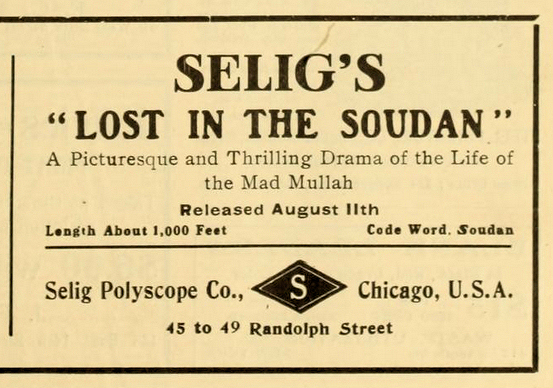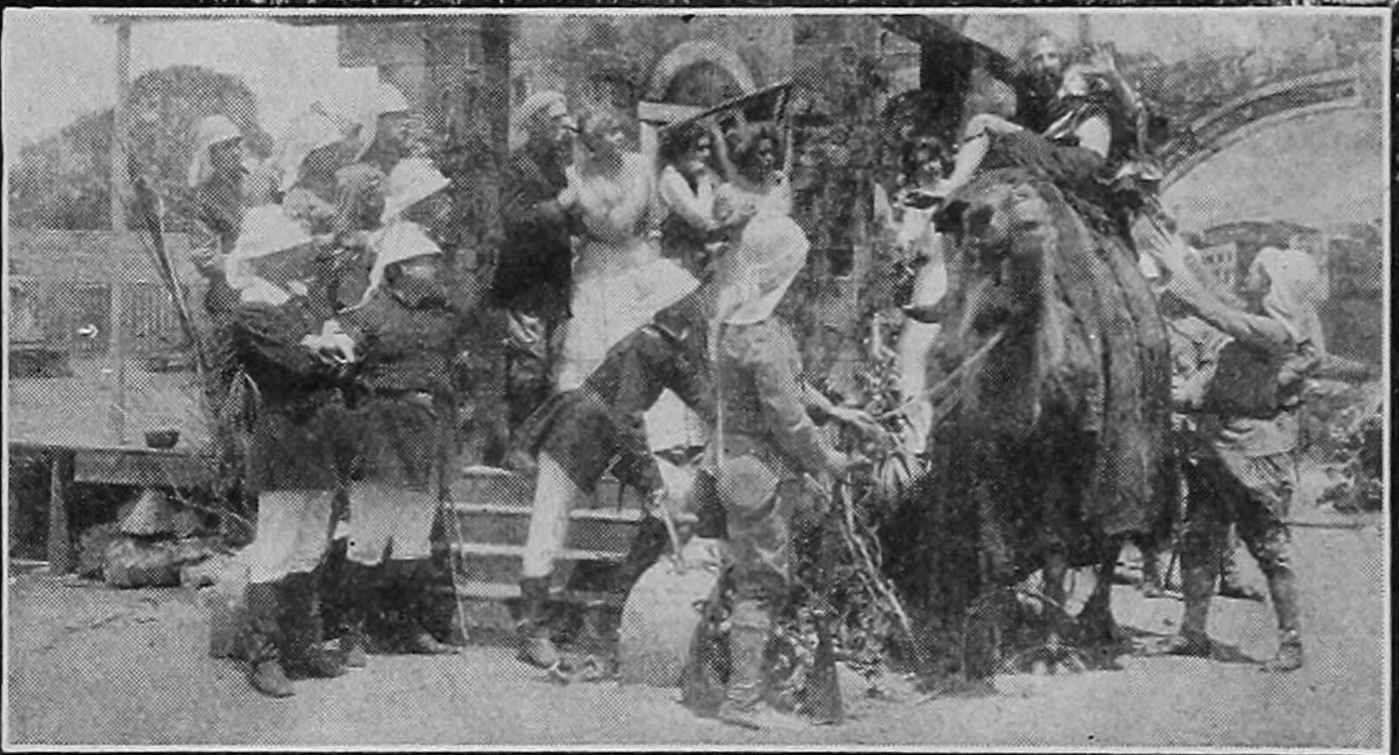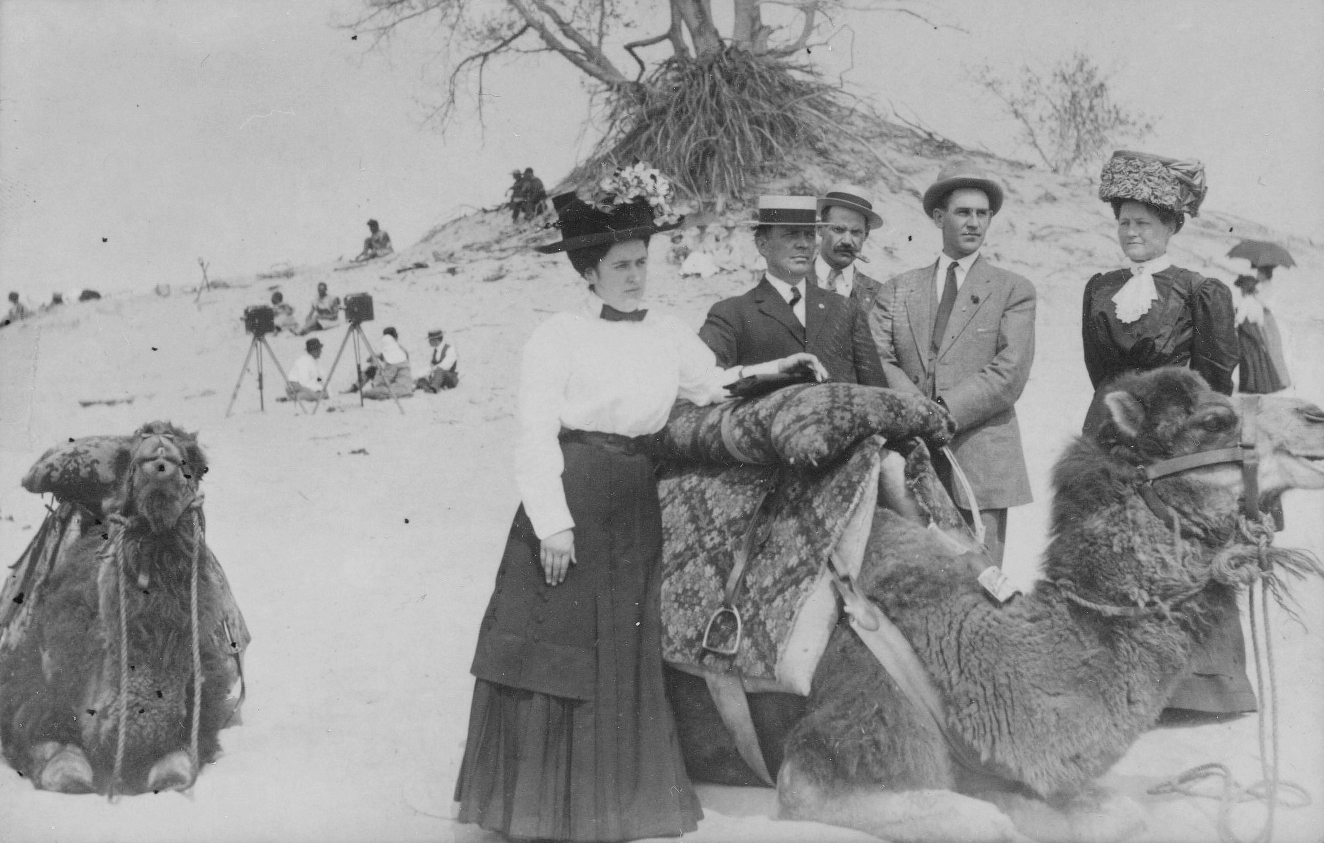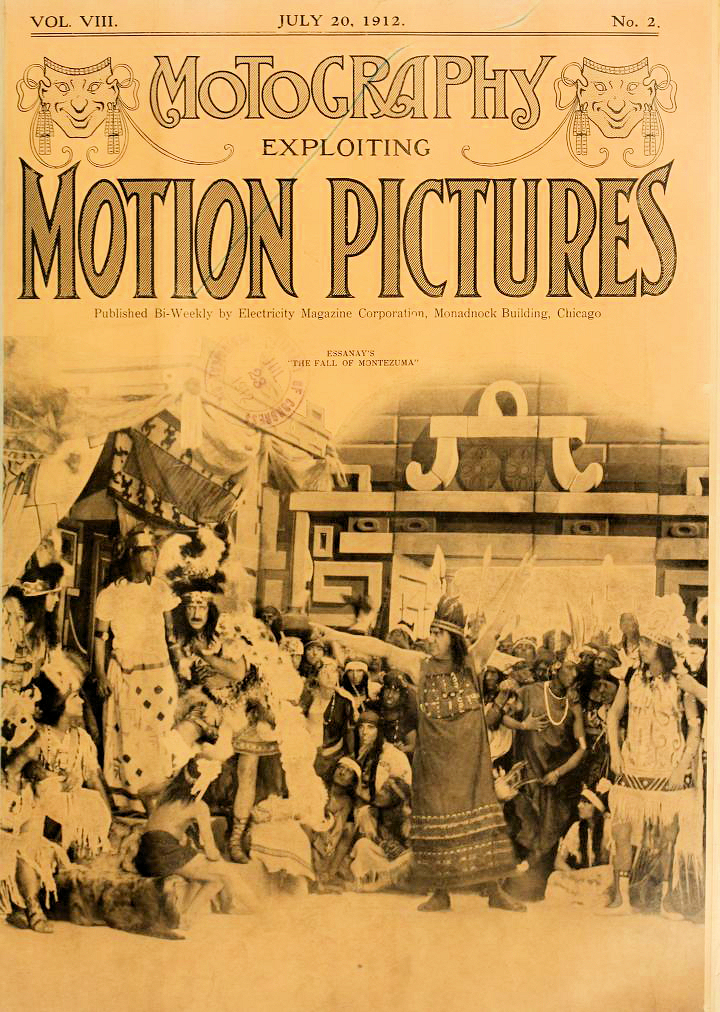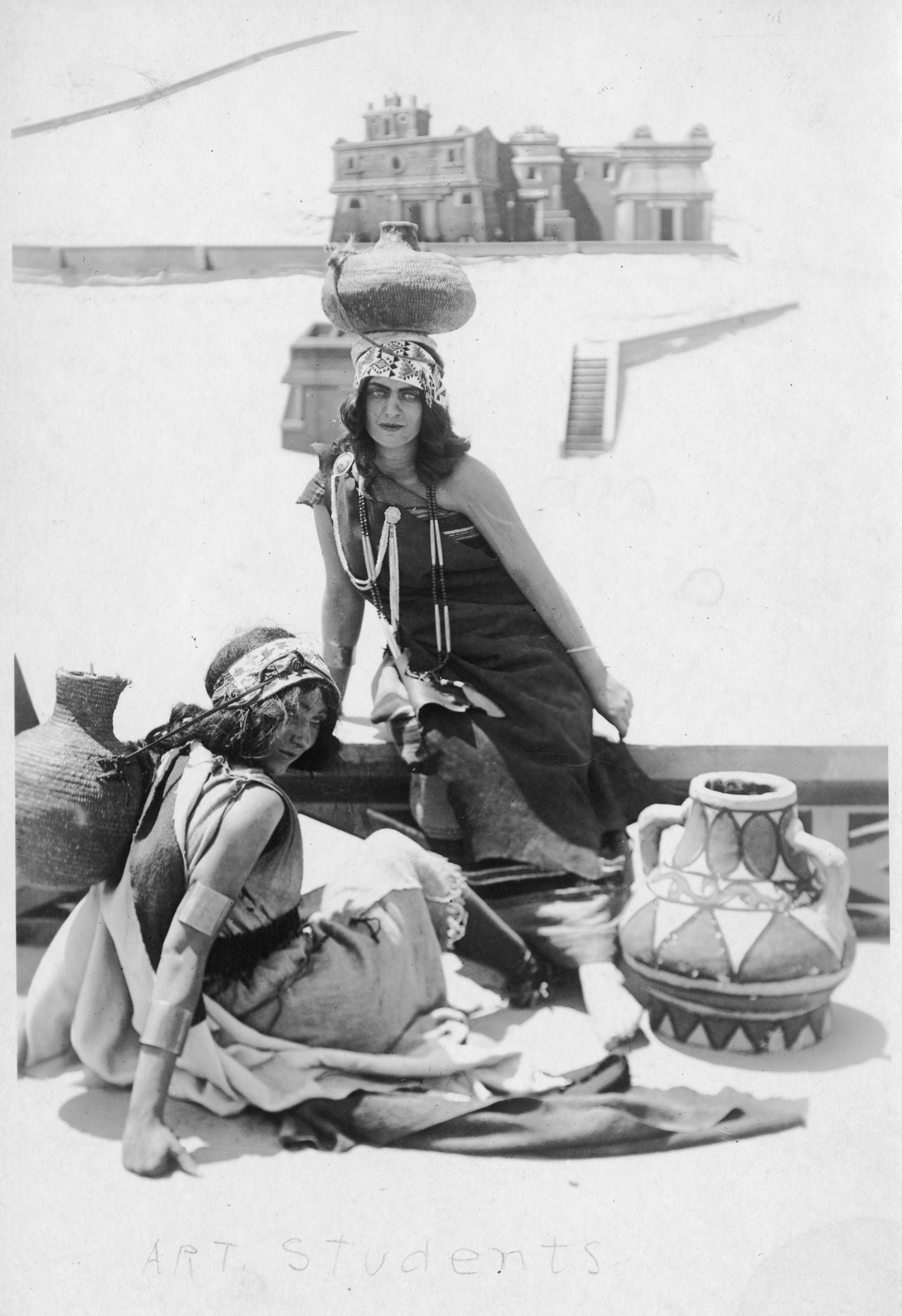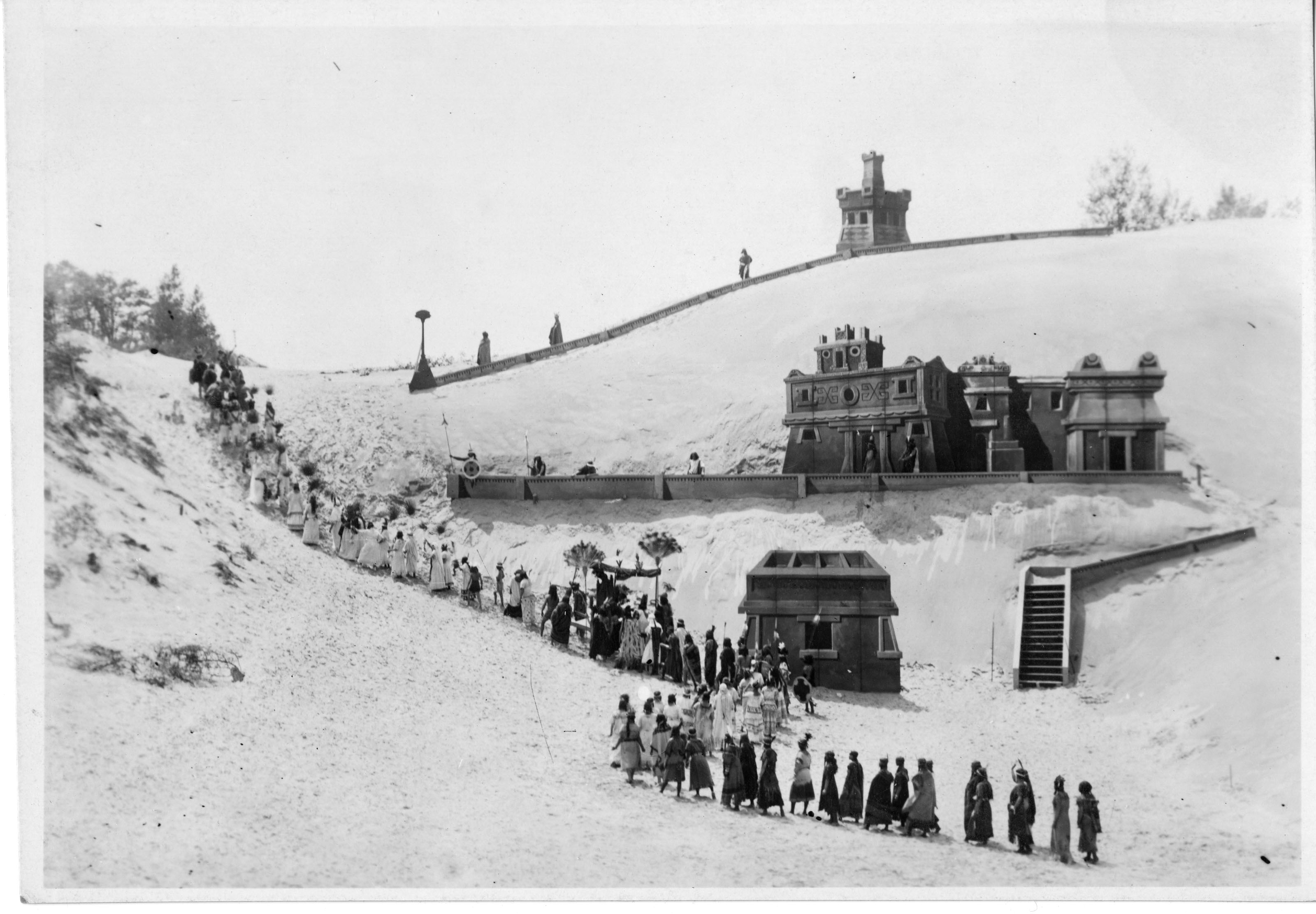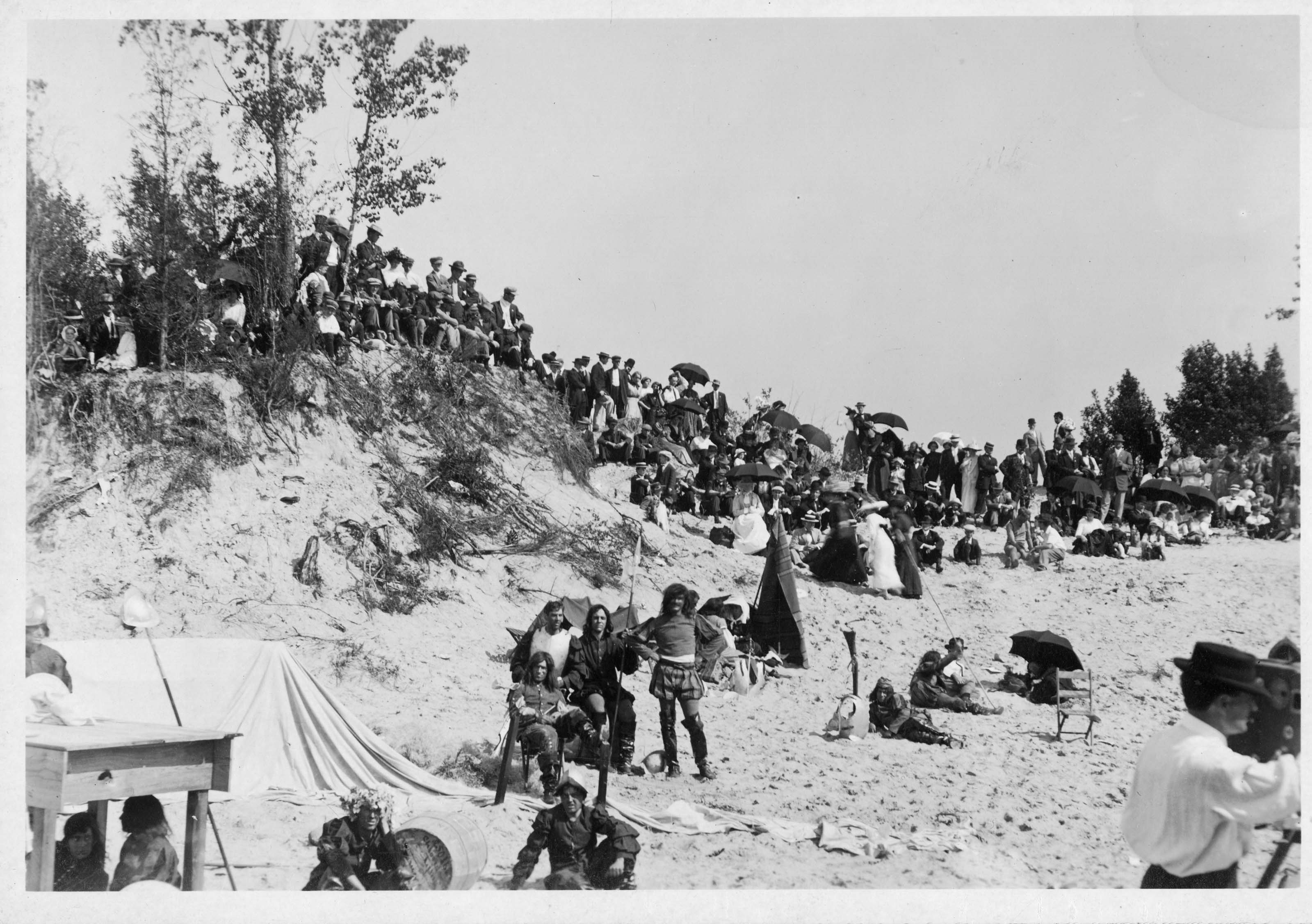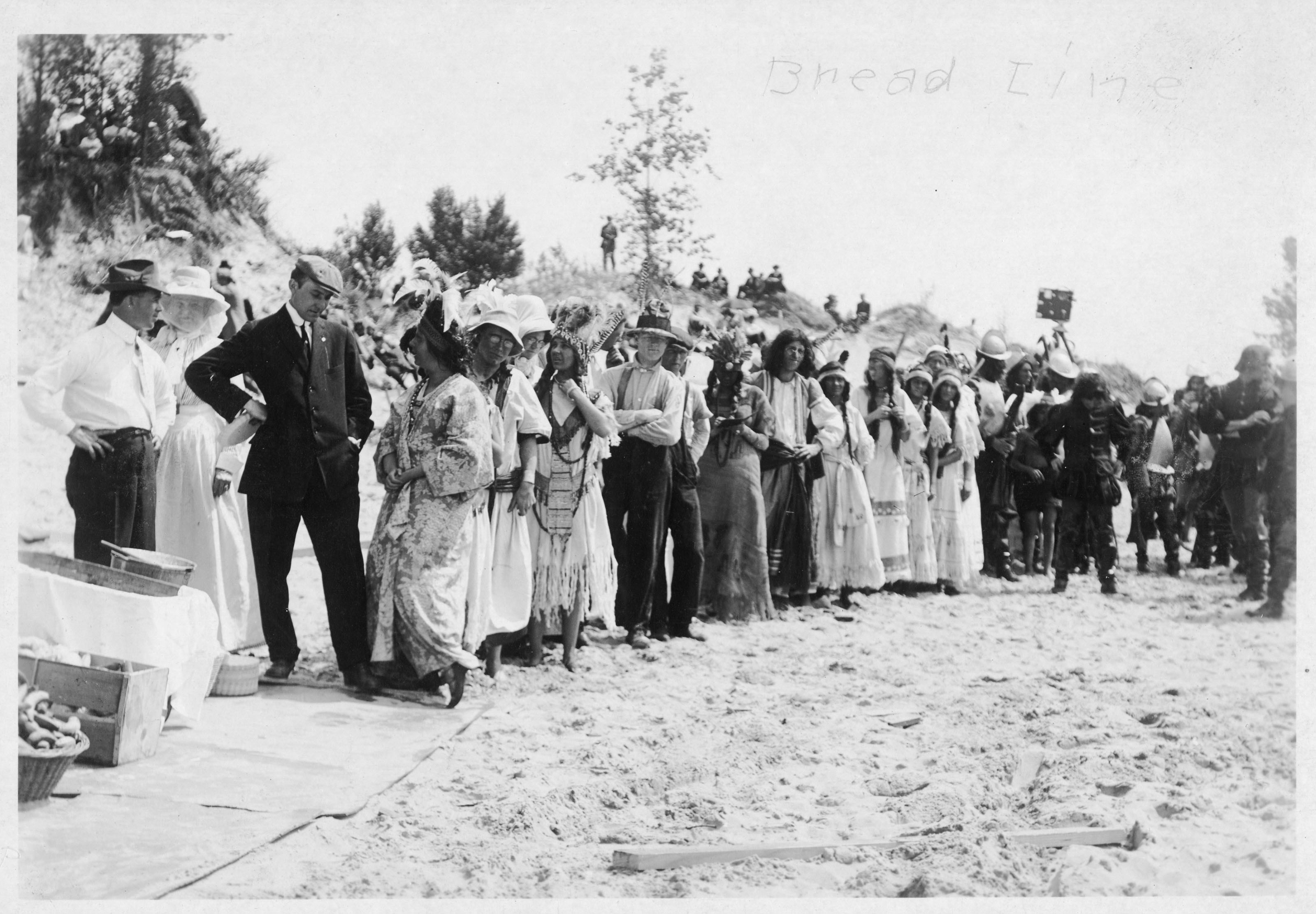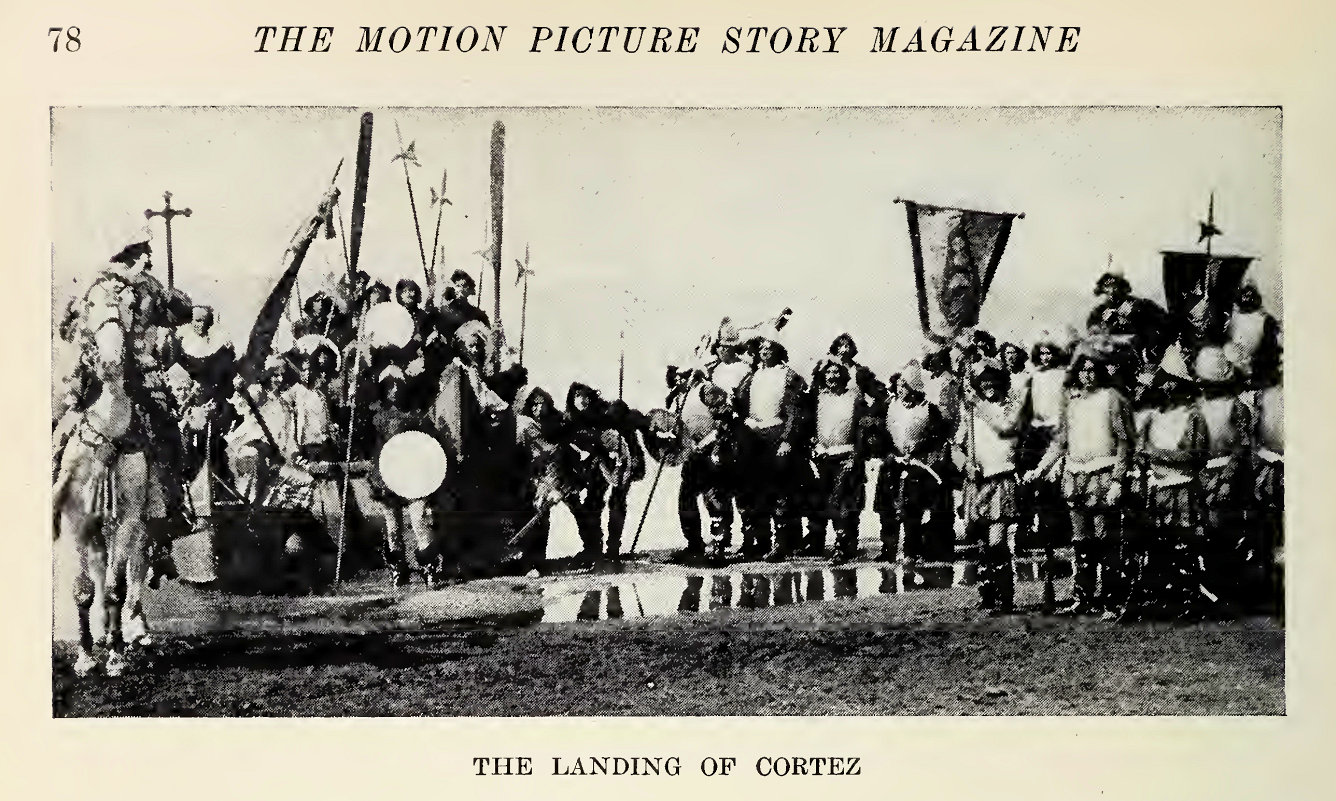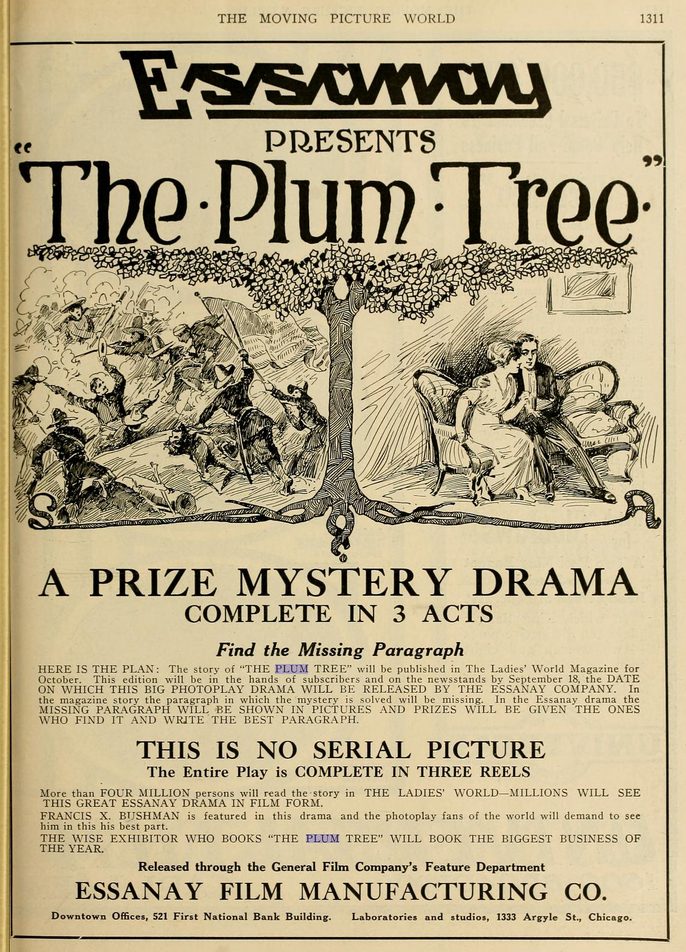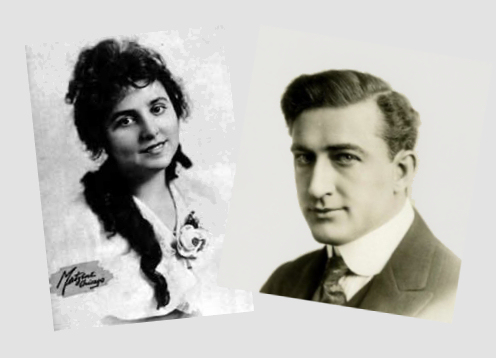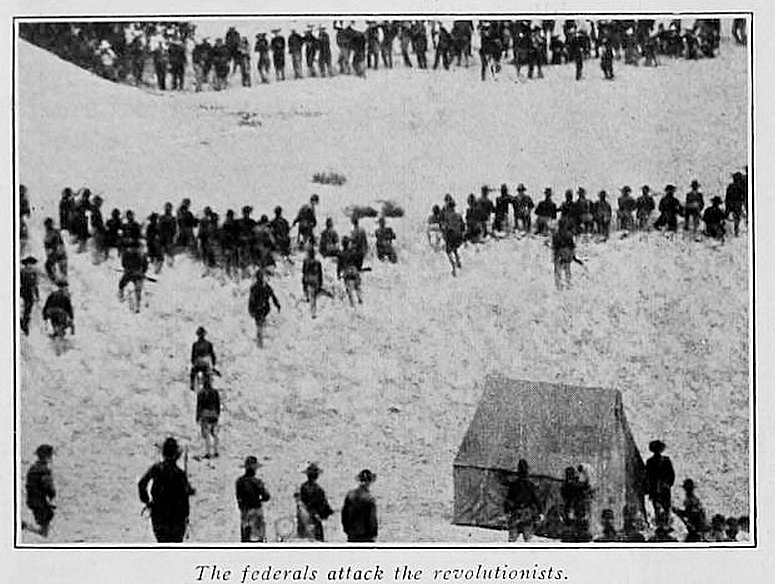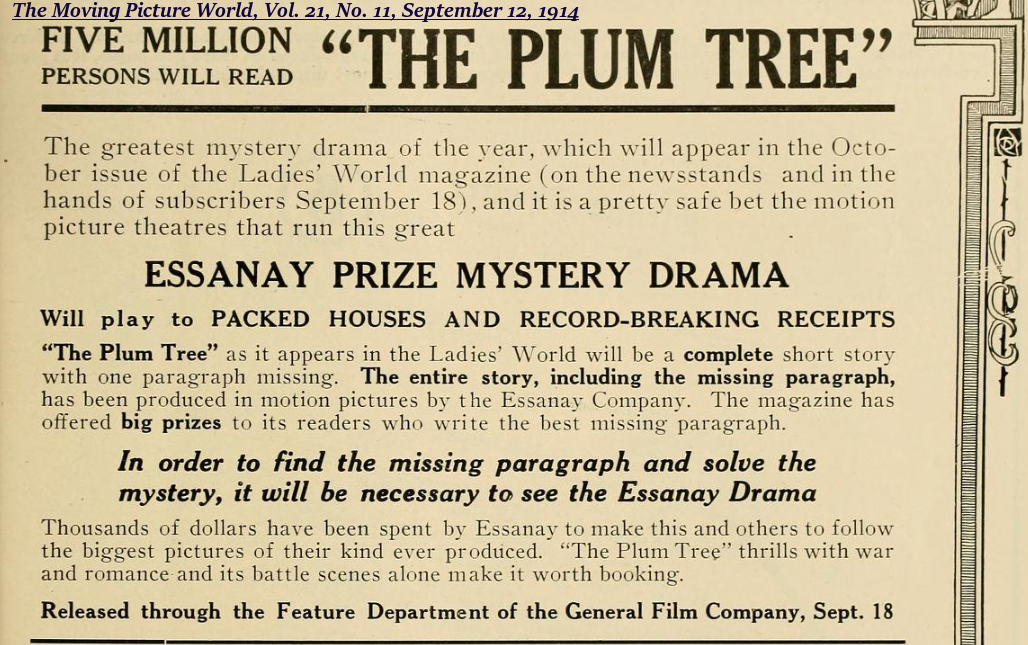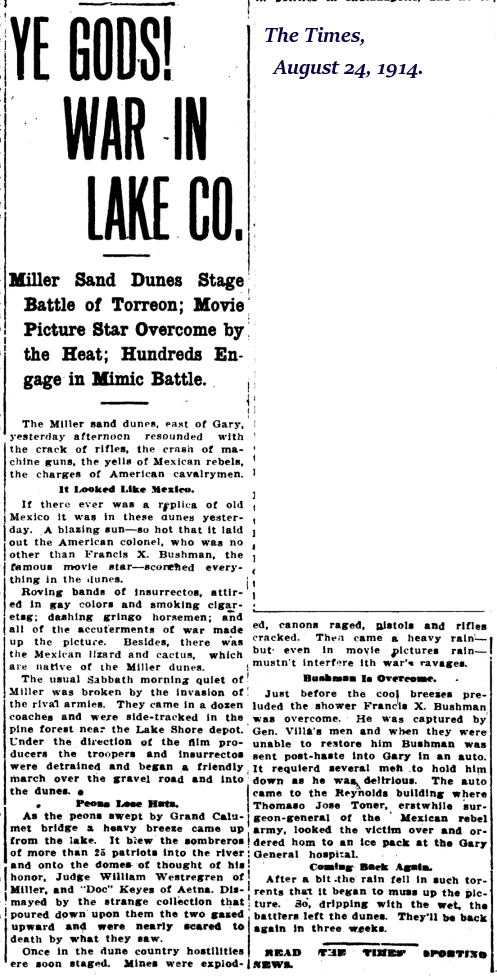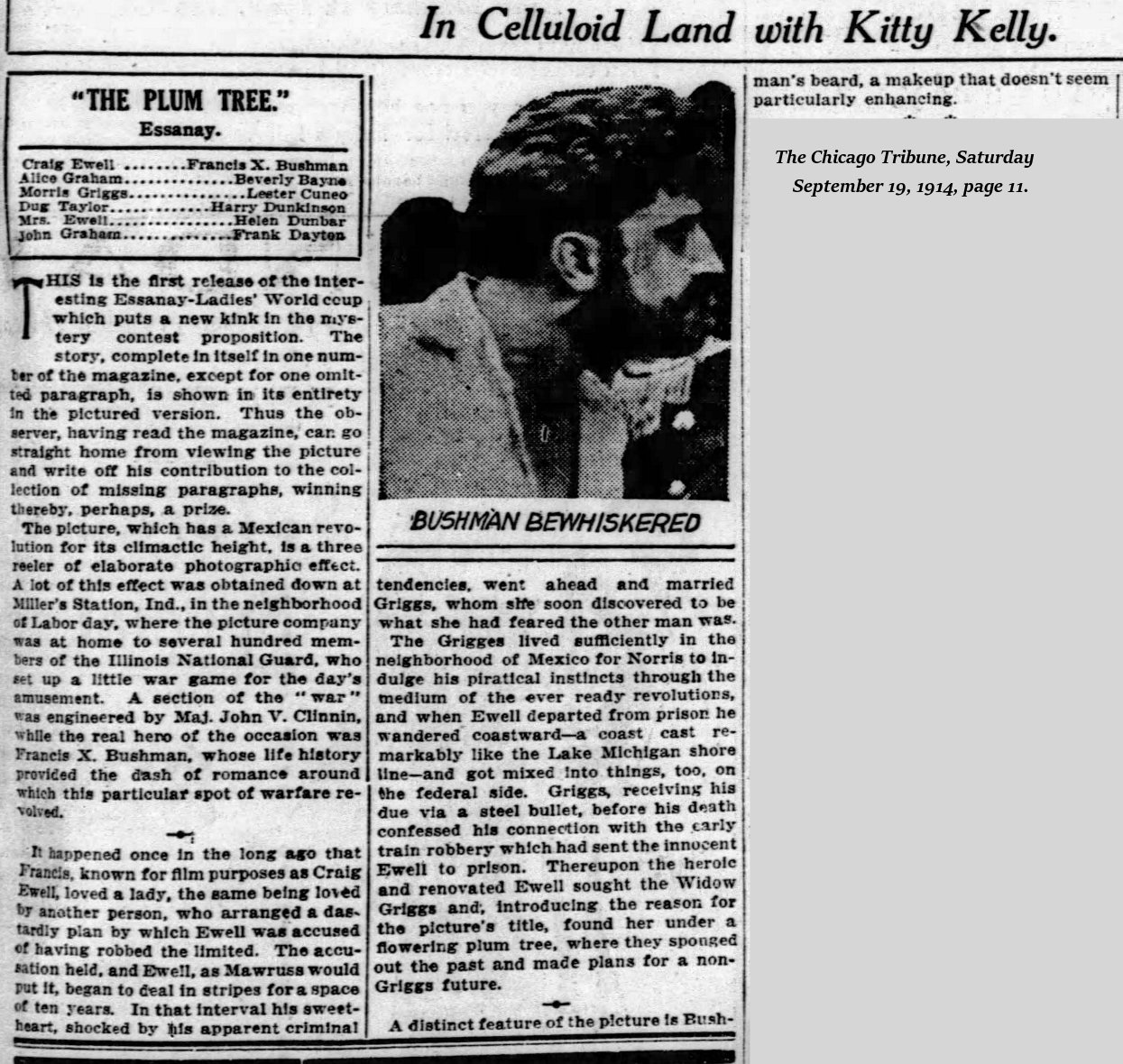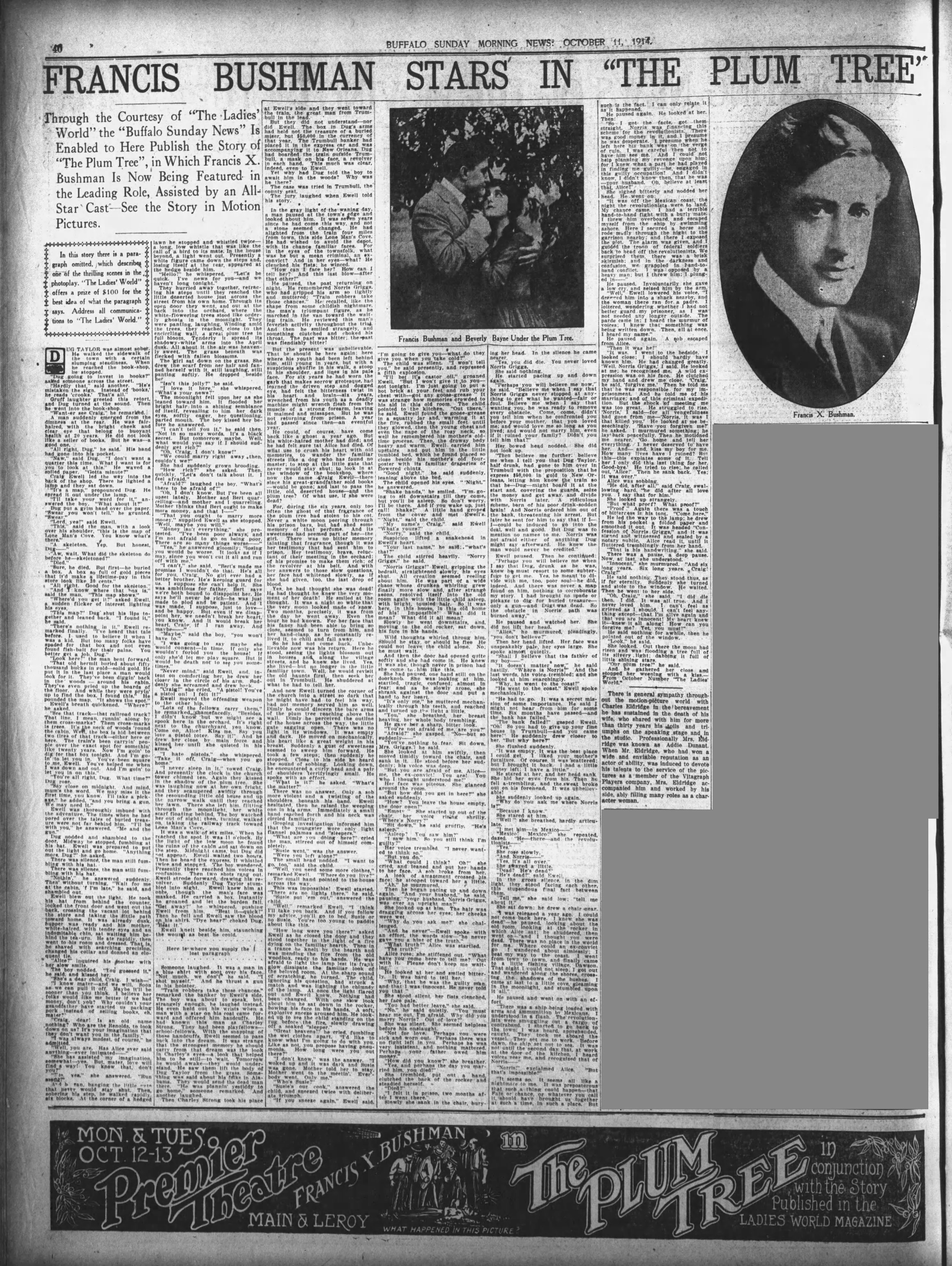About the sources and Powell Moore's The Calumet Region
One can get lost in the wealth of movie magazines in the early 20th century, and they have been, along with newspaper articles, the primary source of information. Two internet databases have some information, the Internet Movie Database (IMDB) and the American Film Institute (AFI). The IMDB has all three, AFI has only one. Links below open in a new window or tab.
Movie Magazines / Research Centers
Referenced in the text in most cases, chief among the movie and trade magazines were Motography, Moving Picture World, Motion Picture News, Nickelodeon and The Motion Picture Story Magazine. These scanned volumes are in Archive.org largely scanned by the Library of Congress’ Program of Audio-Visual Conservation. Another repository is the University of Wisconsin Center for Film and Theater Research which has a tremendous collection if you are looking for a rabbit hole to go down.
Internet Movie Database (IMDB)
Three of the big stars of these movies have IMDB pages as well as Wikipedia articles. These links are to the IMDB pages:
The Photoplay article on Francis' divorce and career end is in Archive.org, but on two separate pages (36 & 88) and loads VERY slowly to get to page 88. Both these links below open in a new window, so maybe open both if you want to save some time and enjoy Hollywood gossip.
American Film Institute (AFI)
Essanay and Selig Polyscope
Powell Moore and the legends of movie making in Miller:
One of the first things about movie making in Miller I ever heard was that “Christopher Columbus’ landing” was filmed here on the beach; decades of hearsay no doubt the cause of confusion. Close, but no cigar: it was Cortez, not Columbus. But as mentioned at the top, Powell Moore did devote two pages to the movie making in his Calumet Region classic on pages 591-593, but relying on newspaper reporters, most of his history of movie making in the Dunes is confused.
Acknowledgements
Many thanks to Pat Wisniewski for her help passing on some of the pictures used and to David Kiehn of the Niles Essanay
Silent Film Museum

